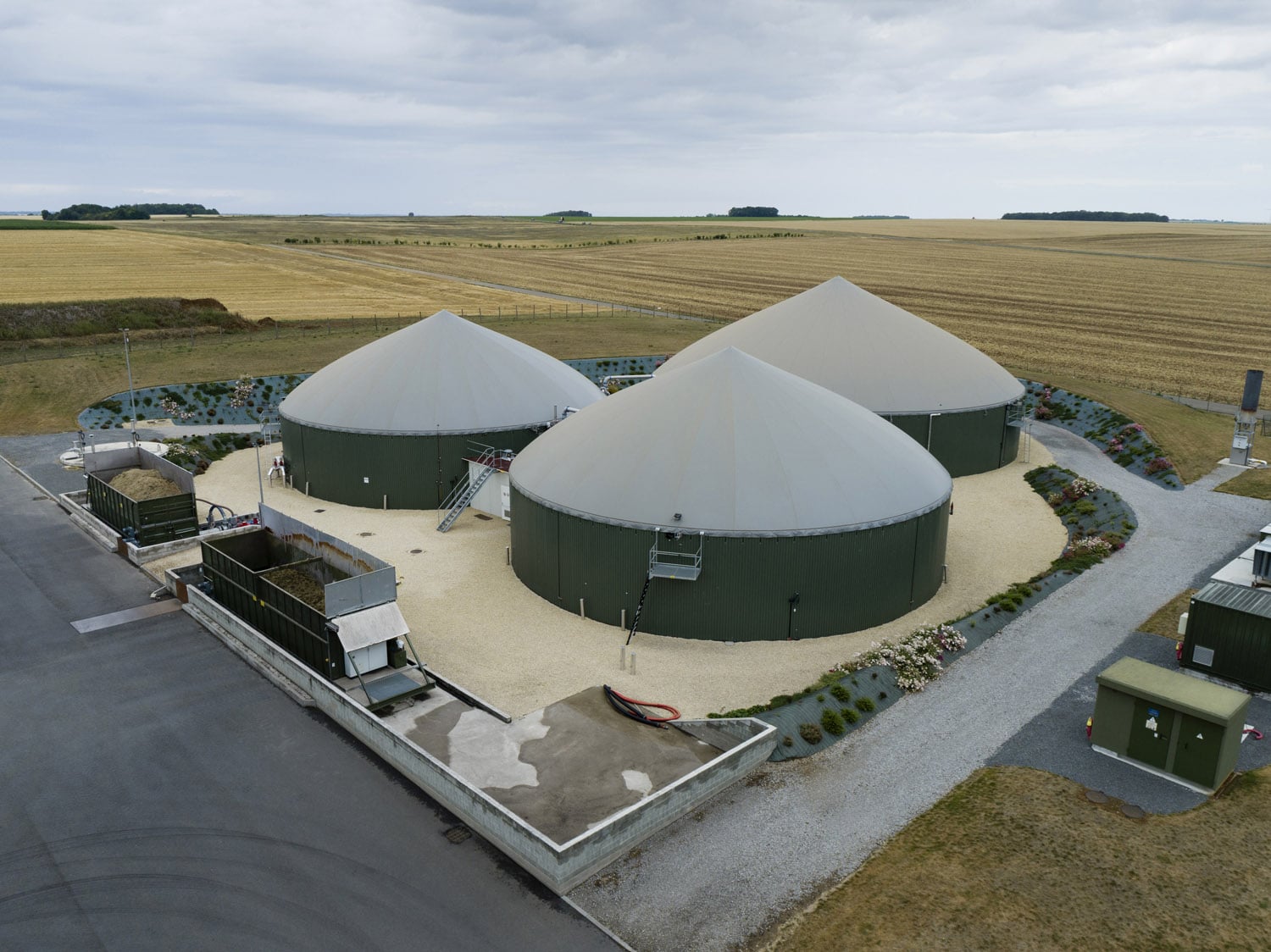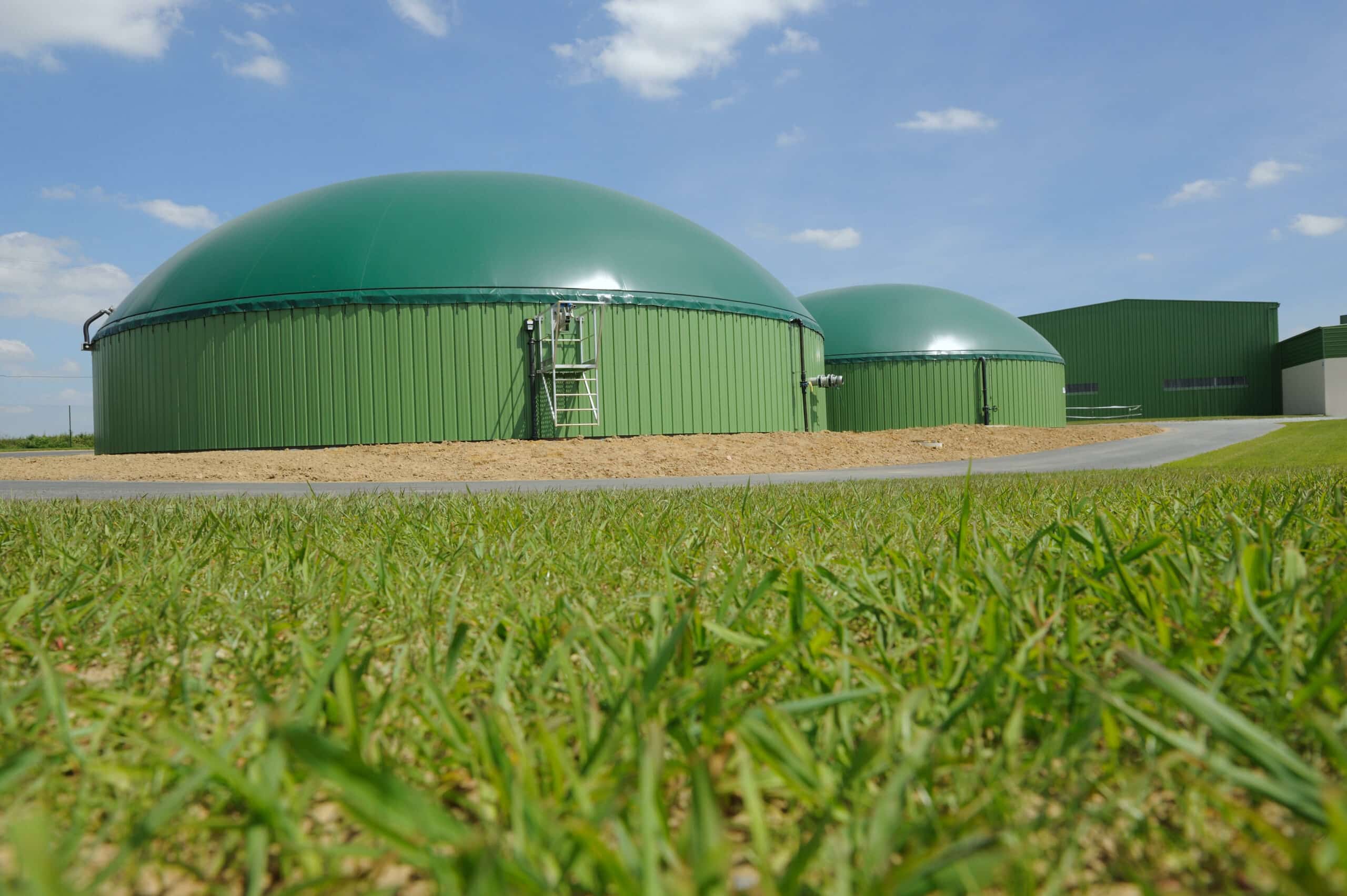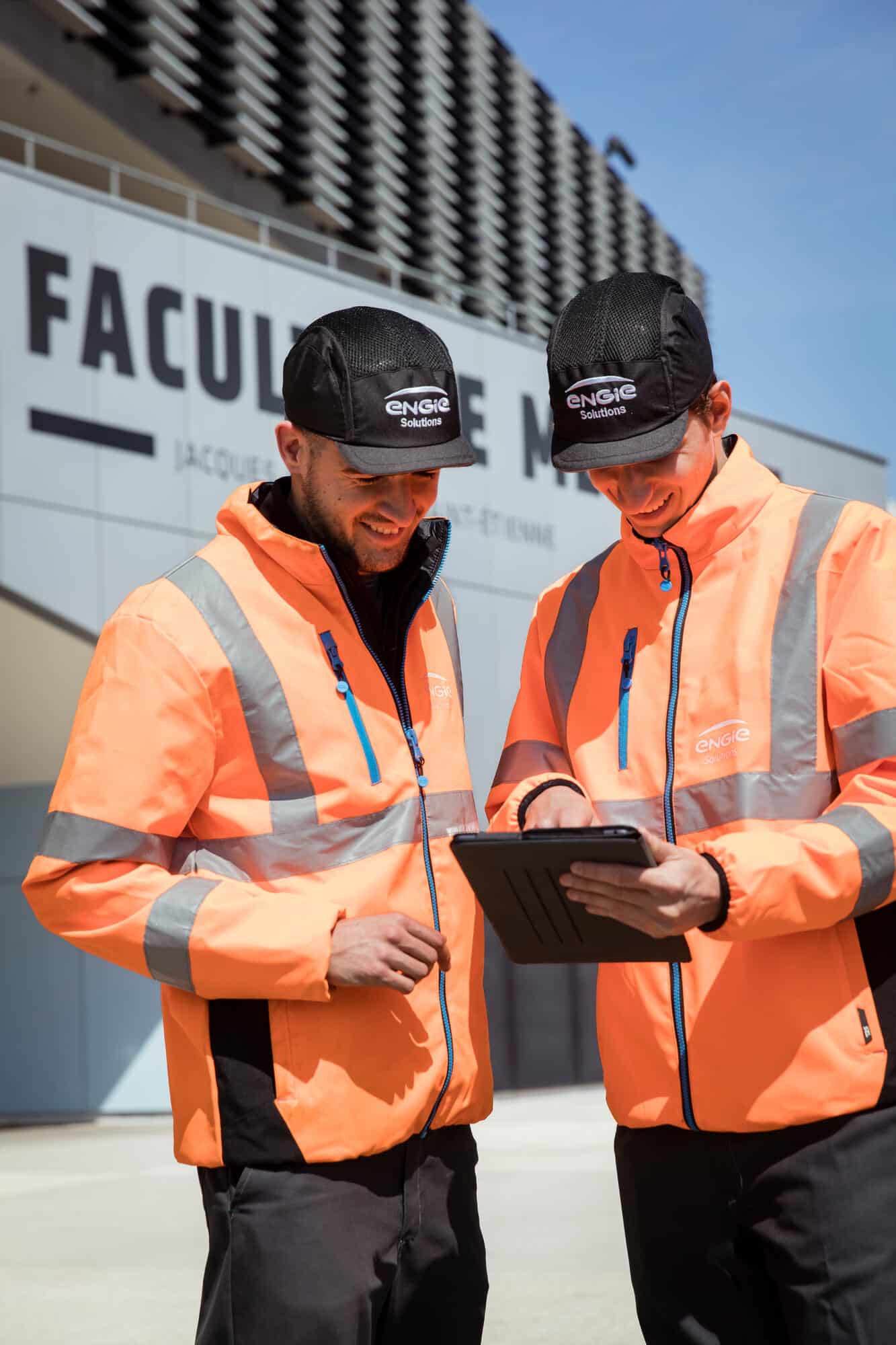Develop energy recovery on industrial and tertiary processes

Terms of the action or commitment
of primary energy and delays the possible emission of CO2 into the atmosphere: through a device called “exchanger”, a cold substance circulating in a Through a device called “exchanger”, a cold substance circulating in a network “A” is heated by the flow of a hot or warm substance (low temperature) in a network “B”. If solutions already exist to recover thermal energy at high temperature, R&D and innovation are still needed for the efficient and profitable recovery of heat at low temperature heat.
A project underway at the Directorate of Research and Technology (DRT) aims to develop new innovative solutions for the recovery of low temperature heat from industrial processes, from industrial processes. Thermal discharges at temperatures less than or equal to 250°C (known as low level) represent a potential energy recovery of energy recovery potential of 40 to 60 TWh/year in France.
SCLE SFE, an ENGIE INEO company, has a 2,000 m2 energy conversion research and testing platform that will allow the testing of innovative technological solutions such as innovative technological solutions such as the recovery of braking energy from metros and tramways.
Levers mobilized for circular economy (according to Ademe)
Implementation timeline
Starting year
2014
Ending year
2018
Main actors mobilized
Internal actors
Research and Technology Department: low temperature heat recovery project of low temperature heat ENGIE COFELY for the marketing of offers including energy recovery on industrial processes, heating and heating networks, ENGIE INEO (SCLE SFE Toulouse)
External actors
Customers
Geographic area
France
Photo / Video
2022 follow-up of the action
Date of follow-up
April 19th 2022
Methods of validation of the follow-up
The monitoring of this commitment is carried out by the CSR team of ENGIE Solutions France.
Status of the action
In progress
Completed
a) Results
Achieved
Partially achieved
Not achieved
b) Numerical / Qualitative information
Cancelled
Comparison with the projected pace in the last publications
Keeping up with the times
In advance
Delayed
Our ambition is to reach 65% of renewable energy sources in our heating networks by 2025 (there is no sub-objective between renewable energy sources on the one hand and heat recovery on the other). As far as industry is concerned, the exploitation of waste heat contributes to the plan to decarbonize industry. See, for example, the article “Decoding the experts“: Waste heat recovery: what potential in industry? (engie-solutions.com)
Among the achievements in 2021, we can mention for example
– YOPLAIT Production France, the social landlord ADVIVO, the City of Vienne and Vienne Condrieu Agglomération have joined forces with ENGIE Solutions to implement a waste heat recovery facility and create a heating network.
The aim of this project is to heat part of a district of Vienne using the energy available in the YOPLAIT manufacturing process (to find out more)
– For the Marseille Provence Airport, one third of the energy needs for the production of hot water will be obtained by recovering the “waste heat” generated by the cold production. This plant is also more sober, with a saving of 40% in electricity consumption for cold production, i.e. 3 GWh. Another important advantage is that it reduces water consumption by 40%, from 24,000 m³ to 14,000 m³, and eliminates all risks related to legionella (to find out more)
– For the future aquatic center in Gif sur Yvette, several heat recovery installations on the air and wastewater treatment systems will optimize the center’s energy consumption
– 70% of the heat distributed by the future Châlons en Champagne network will come from the energy recovery of household waste from the greater Châlons area. By 2023, 10,000 equivalent housing units in Châlons will have access to this locally produced and competitive recovered energy! The first phase of the heating network will be commissioned in the 2022 heating season (to find out more)
– The development of the network for the city of Chambery is continuing with a second connection announced to the Waste Treatment and Energy Recovery Unit (UVETD), managed by Savoie Déchets. By the end of 2022, the additional heat recovered will increase the proportion of renewable and recovered energy from 67% to 80% of the network’s energy mix (to find out more)
L’ ambition d’Engie est d’atteindre 65% d’ENRR sur ses propres réseaux de chaleur d’ici 2025 (il n’y a pas de sous objectif ENR d’une part et récupération d’autre part). Pour ce qui est de l’industrie, l’exploitation du gisement de chaleur fatale contribue au plan de décarbonation de l’industrie, voir par exemple l’article « décryptage d’experts » : Récupération de chaleur fatale : quel potentiel dans l’industrie ? (engie-solutions.com)




